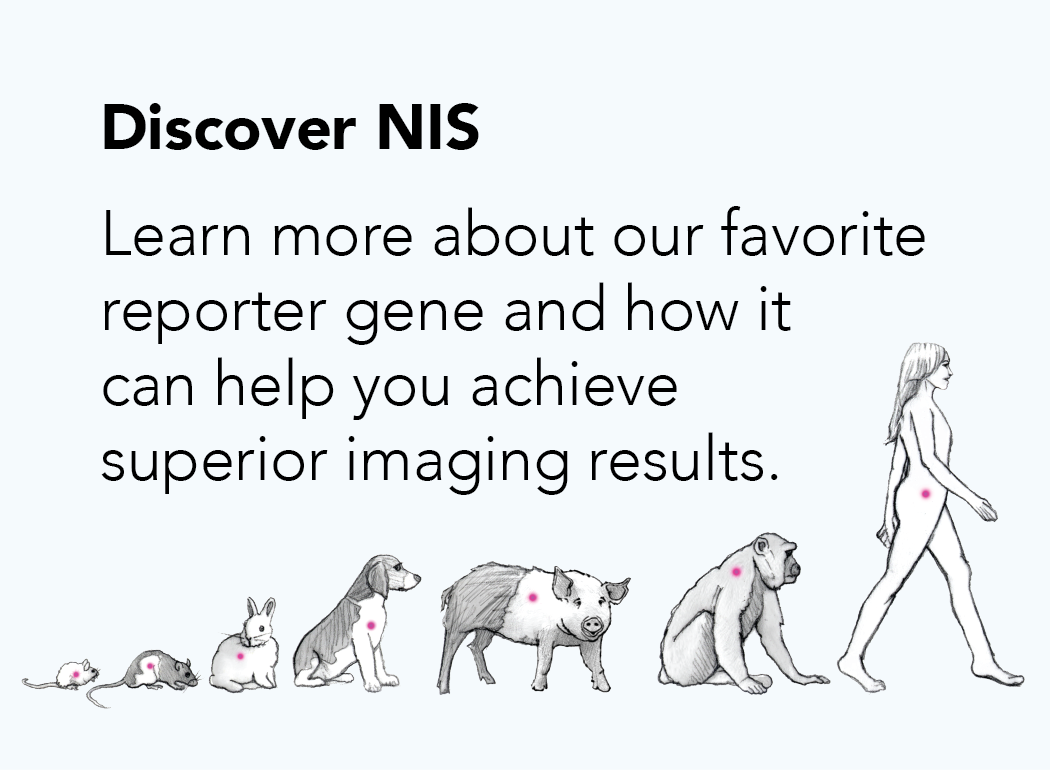Dr. Vincent Racaniello: Virologist, Creator of TWIV, Educator
Written May 21, 2018 by Imanis Life Sciences, Rochester MN
In 1979, when Dr. Vincent Racaniello became the first scientist to clone an animal RNA virus, he did not foresee how his achievement would enable immense advancements in the therapeutic world. Forty years later, vectors based on the technology Racaniello contributed to are widely used in CAR T-cell therapy, gene therapy, and oncolytic virotherapy. In fact, Racaniello exclaims, “I think almost every cancer is going to be treated with some form of virotherapy in the future.”
In addition to contributing sizably to the way therapeutics have been developed in the last four decades, Racaniello has also played a role in changing the way scientific data is shared. When he was a Ph.D. and post-doctoral student, secrecy was paramount. Data was only shared at conferences or in publications. Now, as an educator himself, he is an advocate for open access data. Perhaps more importantly, he seeks to engage the public in these once secret scientific discussions through his blog, youtube videos, and popular podcasts. He reflects, “Towards the end of my career I view myself more as an educator. We do research, but I want to tell the world about it.”
In this episode of A Vision for the Future, Dr. Racaniello reviews his groundbreaking work at MIT, how oncolytic virotherapy is powering the future of cancer treatment, the largest challenges facing the field of virology, and what inspired him to start his blog and podcast.
Prior to joining David Baltimore’s lab at MIT as a post-doctoral student, a moratorium on cloning full-length viral genomes had just been lifted. Following this development, Racaniello demonstrated the infectivity of a DNA copy of an animal RNA virus, allowing for future advancements in manipulating the viral genome. Although he appreciated his achievement at the time, he did not anticipate how large of an impact it would have in the therapeutic world.
“Looking back, that was the thing that I never recognized. That you would actually be able to use viruses to treat a variety of diseases…Therapeutically it’s amazing. And that’s going to be the future.”
Racaniello is especially optimistic about the future of oncolytic virotherapy, an area Imanis passionately supports through our reporter gene products and ongoing collaboration with industry trailblazer Vyriad. (Read more about how Vyriad is planning to build a 9m dollar virus production facility in Rochester Minnesota). He explains how in the future, he expects almost every form of cancer will be cured with some type of virotherapy.
“Combining it with checkpoint inhibitors, immunotherapies, drug convertases…all these ideas that have come up in the last ten years or so. We are going to have more of those, so it’s just going to get better and more specific. I think it’s going to revolutionize cancer treatment.”
He was not always so confident in the potential of oncolytic virotherapy, confessing he once thought “There’s no way this could work! The viruses won’t be specific enough, they won’t be targetable.” Yet, over time, these issues of targetability and specificity were solved through rigorous research. “That’s the great thing about science. If it doesn’t work today, it could work in a couple of years. Just keep at it.”
These exciting advancements in the field of virology are accompanied by a host of challenges. Dr. Racaniello explains how getting the public on the side of science is one of the most difficult but essential tasks facing the field. With news stories emerging regarding the weaponization of pox viruses or limitations on gain of function experiments,there has been a rise in fear and distrust surrounding virology research. Racaniello attributes this fearful response largely to misunderstanding about the work scientists are doing. This is somewhat due to the secretive framework that has historically kept scientific discourse hidden from public attention and understanding. These news stories can color the public’s perception of the value of virology research, especially when they have an incomplete picture of what work is being done.
Recognizing this phenomenon, Racaniello sought to build a bridge between scientists and the public. But what would be the most effective method to do so?
The answer came during one of his long commutes to Columbia University, where he continues to lead a laboratory. He had recently discovered podcasts, and was particularly interested in one called This Week in Tech.
“I thought it would be so cool to do that for virology. But I thought ‘This Week in Virology’ would be so geeky that no one would listen.”
But they certainly did listen. Currently, TWIV gets around 10,000 downloads per episode. Dr. Racaniello has built a community of listeners from all age groups, occupations, and backgrounds. Noteably, Racaniello estimates that just one third of his audience is scientists.
Seeing the utility in this way of connecting with the public, Racaniello started five other podcasts: This Week in Immune, This Week in Evolution, This Week in Microbiology, This Week in Parasitism , This Week in Urban Agriculture.
Demonstrating his belief in collaborative and open access data, Racaniello keeps archives of comments from listeners, who often contribute papers to consider and sometimes even submit suggestions regarding his lab’s research. This is perhaps his largest vision for how scientific discourse can change in the future. He explains “The way science has always worked, it’s been somewhat secretive, people want to protect their own work, they want to get an edge on the competition. But that only slows down innovation. It’s not about you and your particular glory and your lab, it’s about advancing science for everybody else.”
—
A selection from Dr. Racaniello’s key papers:
- Cloned Poliovirus Complementary DNA is Infectious in Mammalian Cells
- The polio eradication effort: should vaccine eradication be next?
- Moving beyond metagenomics to find the next pandemic virus
- Scientists: Engage the Public!
- Emerging infectious diseases

